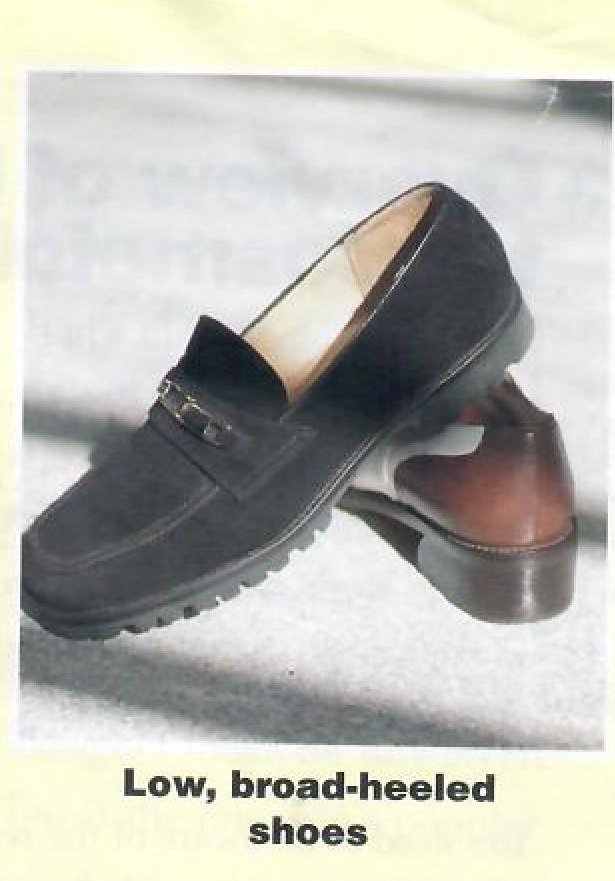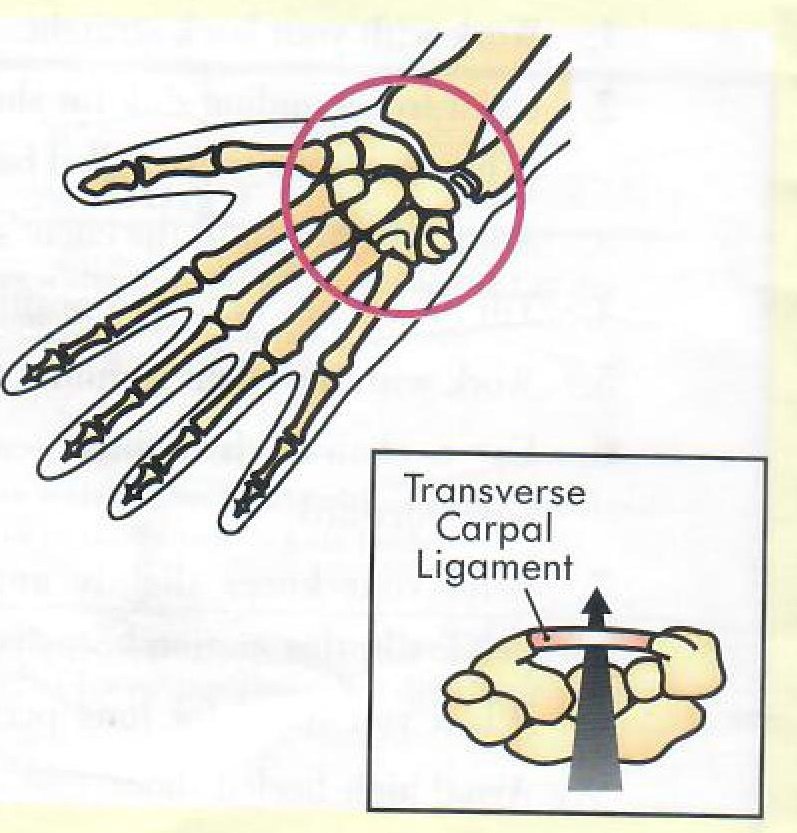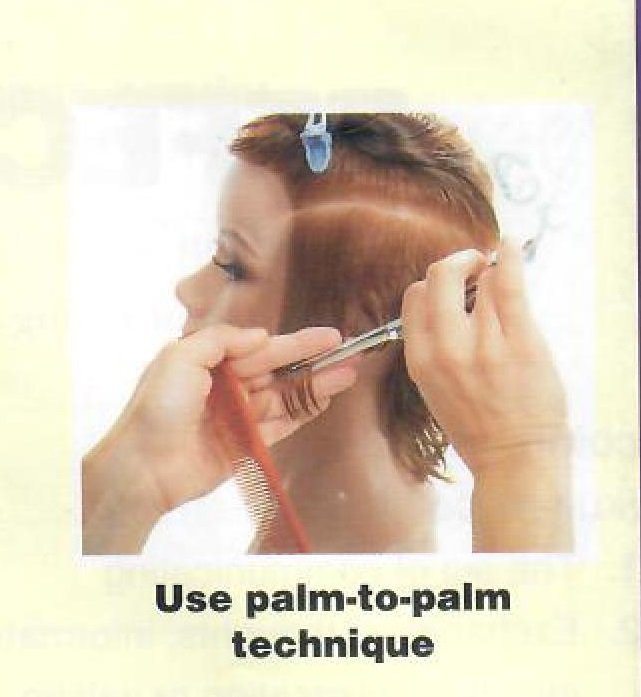Overview of Ergonomic Recommendations for Cosmetology
As a cosmetologist you will be spending long hours standing, bending, reaching, and repeating the same motions, any repeated activities can cause fatigue and pain in various parts of the body, sometimes even serious pains and injuries develop slowly over a long period of time. . In many cases, health challenges could have been prevented through improved posture. better work habits and proper equipment. A science called ergonomics looks at how you do your work. what body movements, positions, tools, and equipment you should use and the effect all these things have on you and your client’s health and comfort. This growing science is continually developing new tools and equipment to support these health issues while facilitating longer productivity in your salon career,
You need to be aware of the recommendations for preventing problems with the hand. wrist. shoulder. neck, back, foot, and leg. The science of ergonomics provides ideas for designing the space we work in and the equipment we Use so they are easier on the human body. Developing the right habits at the beginning of your training is the best way to get started in the right direction.
Neck and Back
Your spine runs from the top of your neck down to your lower back. It is made up of many bones called vertebrae. one below another, between each pair of vertebrae, are joints and discs that give your neck and back flexibility, so they can move.

Discs are flexible because they have a substance – like jelly – inside. Both joints and discs can be hurt if you strain or squeeze them, Prolonged bending or twisting of your body can cause pain in your neck, back, arms or legs, especially if a disc ruptures (the jelly inside leaks out).
Neck and back strain can occur if you as a cosmetologist:
- Bend forward when giving a shampoo, haircut. facial. manicure or pedicure.
- Twist your body to get closer to a client or to reach for something.
- Reach overhead for supplies.
- Arch (lean) backward because you’ve been standing for a long time.
- Stand for a long time in high-heeled shoes.
Recommendations to prevent neck and back problems include:
- Work with your back straight. Bend at the hips instead of the waist (a straight-back bend).
- Use a free-standing sink for shampooing so you can reach the client’s hair without twisting. (These are sometimes called back-wash systems.)
- Adjust the height of the client’s chair.
- Tilt the client’s head to a position that is comfortable for you.
- Work with the client standing up if the hair is very long.
- Use a chair with a tilted seat when doing manicures or sit on a wedge-shaped cushion that tilts your body forward.
- Bend your knees slightly and pull in your abdominal muscles when you have to reach up. Called a pelvic tilt. this motion keeps you from arching backward,
- When you stand for long periods of time. place one foot on a stool or on a rung under the client’s chair,
- Avoid high-heeled shoes.
- stand on a footstool when you reach for supplies on a high shelf.
Foot and Leg
If you stand for a long time. your feet and ankles may swell and you have more risk of getting varicose veins (swollen veins). Also, if any part of your foot is under pressure, you can get calluses or skin irritation at the pressure point. –

Foot and leg problems can occur if you as a cosmetologist:
- Stand for long periods, especially on a hard floor.
- Wear high-heeled shoes, especially if the toes are pointed.
- Wear shoes with poor arch support or hard soles,
- Wear shoes that don t fit well. shoes
Recommendations to prevent foot and leg problems include:
1. Don’t stand for long periods of time without sitting. Change positions frequently. Use a stool or movable seat if necessary to rest your feet while you work on a client.
2. Raise your feet on a stool when you take a break.
3. Wear comfortable, rubber-soled shoes with good arch support.
4. Use shock-absorbing inserts inside your shoes.
5. Avoid shoes with high heels or pointed toes. They increase pressure on the toes and jam them into the front of the shoe.
6. Use a cushioned floor mat to reduce the fatigue of standing on a hard floor.
7. Use support hose to reduce leg swelling.
8. Hydraulic chairs for clients should adjust up and down at least five inches,
Hands and Wrists
Most of the muscles that move your hand and fingers are actually in your forearm. These muscles are connected to the hand and fingers by tendons. which are like cords passing through your wrist. Tendonitis occurs when the tendons get inflamed.
The carpal tunnel is a tunnel in the wrist, surrounded by bone and tissue. A nerve and several tendons pass through this tunnel. If you have tendonitis, the tendons swell and the nerve in the tunnel gets pinched. This condition. called carpal tunnel syndrome. can make your hand numb and weak.

The main causes of tendonitis and carpal tunnel syndrome are:
- Bending your wrist, a lot.
- Pinching or gripping with force.
- Repeating a motion over and over.
You may bend your wrist a lot or use forceful pinching or gripping motions when you:
- Cut hair, hold a hairdryer, or use a round brush, curlers, or curling iron.
- Cut with shears that don’t fit your hand,
- Cut with shears that are dull or not lubricated properly.
- Massage a client.
- Curl with a hot iron.
- Use a comb that doesn’t glide smoothly

Recommendations to prevent hand and wrist problems include:
- Adjust the height of the chair, lower it to work on the crown of the head and, raise it to work below ear level, to avoid bending your wrist. the chair should go up and down at least five inches.
- Swivel the chair so you don’t have to reach over or across the client.
- Tilt the client’s head so you don’t have to bend your arm. hand and wrist as much,
- Use sharp shears that fit your hand and that are correctly adjusted and lubricated, you’ll be able to make fewer cuts, and you won’t need to apply as much force for each cut you make.
- Twirl the handle of your round brush between your thumb and index finger, instead of continually bending your wrist.
- Use hair cutting techniques that help you keep your wrists straight.
- Manicure stations should have armrests for the client and cosmetologist.
Shoulders
Your shoulder has muscles and tendons. It also has bursa, which are sacs filled with fluid. If you strain your shoulder, you can get muscle aches, tendonitis, or bursitis. It’s easy to strain your shoulder if you often hold your arm stretched away from your body or if you often hold your arm up, with your elbow above shoulder height.
You may strain your shoulder when you:
- Reach up to cut. dry or curl the crown of the head.
- Reach across the client’s body to shampoo or dry hair.
- Reach across a table to a manicure.
- Reach for shears and combs on the counter. *
- Reach for supplies on a high shelf.
- Hold heavy clippers, especially if your arm is stretched out or raised,
Recommendations to prevent shoulder problems include:
- Adjust the height of the chair when you work on a client so your arms are close to your sides.
- Swivel the chair and get as close to the client as possible.
- Tilt the client’s head to a position that is comfortable for you.
- Hold your tools so you don’t have to raise your arms.
- Have the client extend her hand toward you when you’re doing her nails; don’t reach for her hand.
- Use an armrest when you do a manicure or support your arms on. folded towels.
